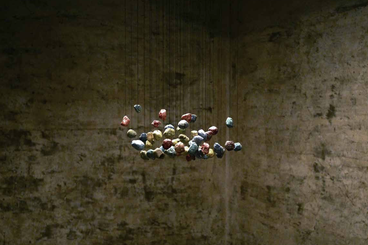The invention of colour
Con Philipp Ball, writer

-
Data: 14 APRILE 2021 dalle 15:00 alle 17:00
-
Luogo: online, su Zoom
-
Tipo: Sulla bellezza: il colore
Abstract
An often neglected components of art is what it is made from: paint. Today, when there are masses of colours available off the shelf in art shops, we tend to take them from granted, and it is easy to forget that these colours had to be invented, one by one, in what was sometimes a painstaking process.
Where did artists get their colours, and how have changes in the repertoire of colours over the ages affected the way that artists paint? Artists of earlier times had a much more limited palette than they do now, and some of their colours were immensely expensive, while some were unstable and tended to fade or darken.
In order to make their materials and put them to the best use, painters once had to be chemically literate. I will trace the chemical history of the pigments on the artist’s palette, and show how the invention of new colour has constantly transformed art.
Philip Ball
Philip Ball is a freelance writer and broadcaster, and worked previously for over 20 years as an editor for Nature.
He writes regularly in the scientific and popular media, and has authored many books on the interactions of the sciences, the arts, and the wider culture, including H2O: A Biography of Water, Bright Earth: The Invention of Colour, The Music Instinct, and Curiosity: How Science Became Interested in Everything.
His book Critical Mass won the 2005 Aventis Prize for Science Books.
Philip is a presenter of Science Stories, the BBC Radio 4 series on the history of science.
He trained as a chemist at the University of Oxford, and as a physicist at the University of Bristol. His latest book is The Modern Myths: Adventures in the Machinery of the Popular Imagination (June 2021)
Image Credits: Giorgio Bevignani